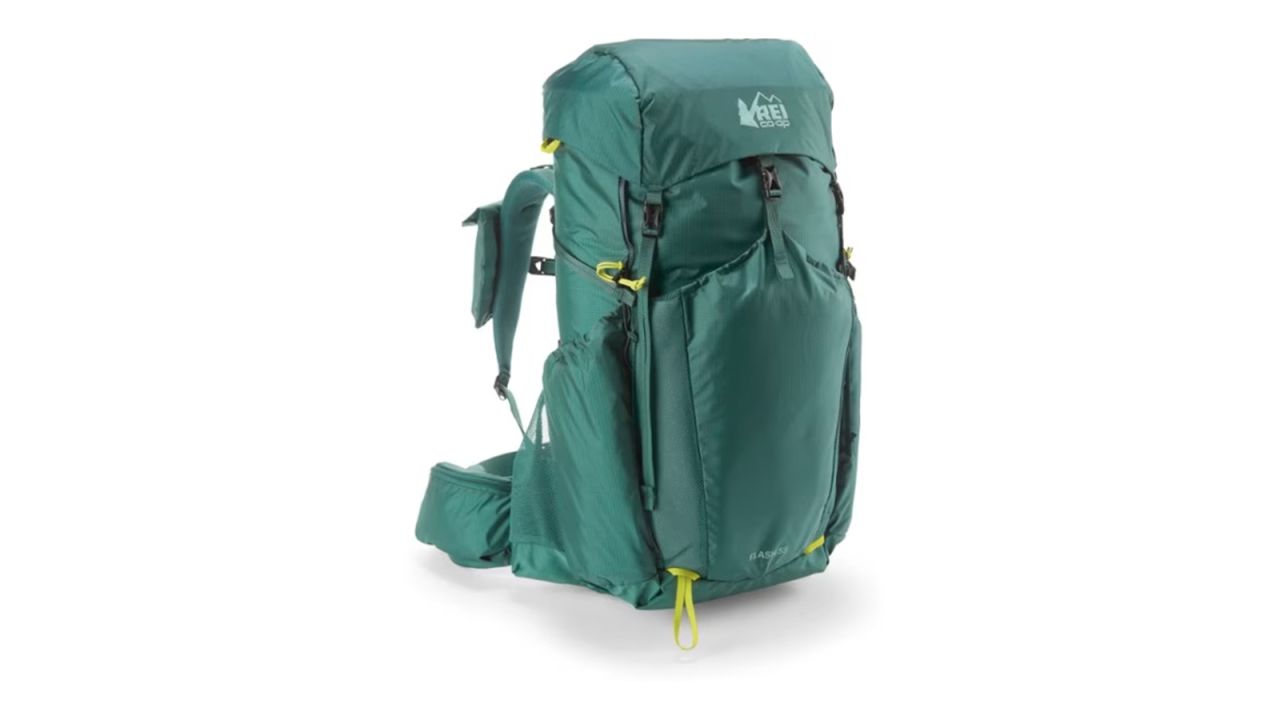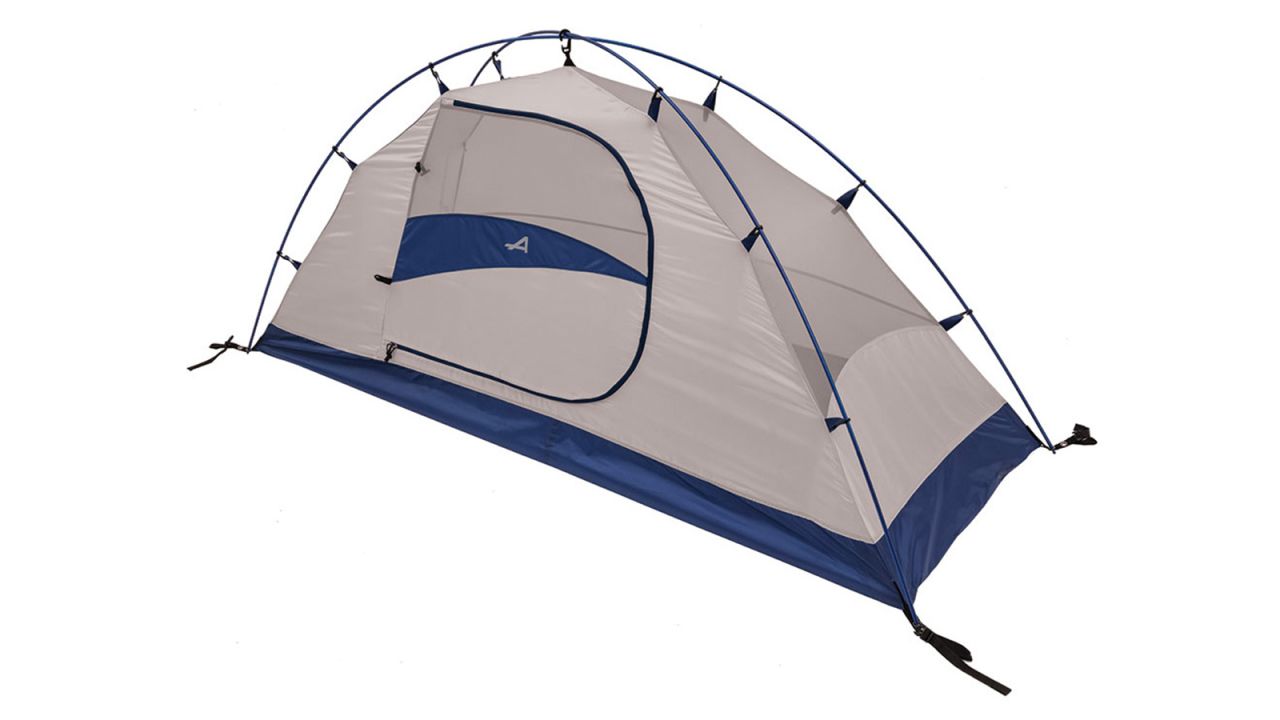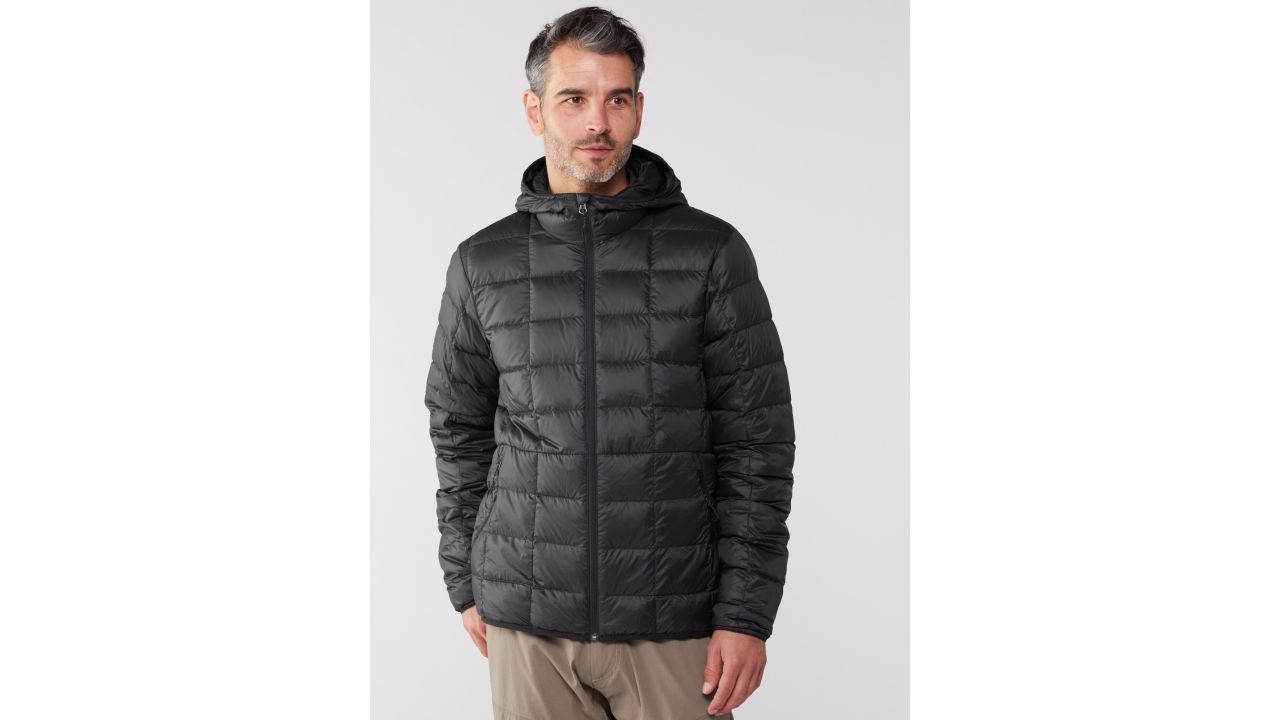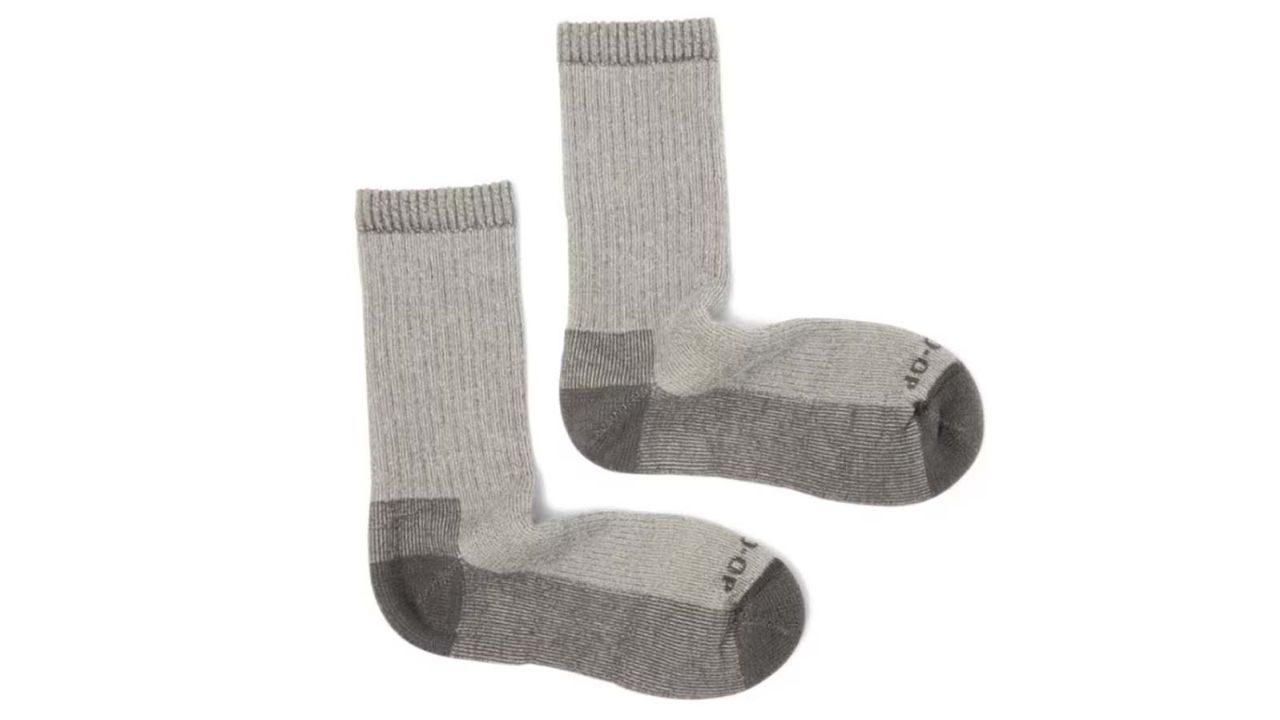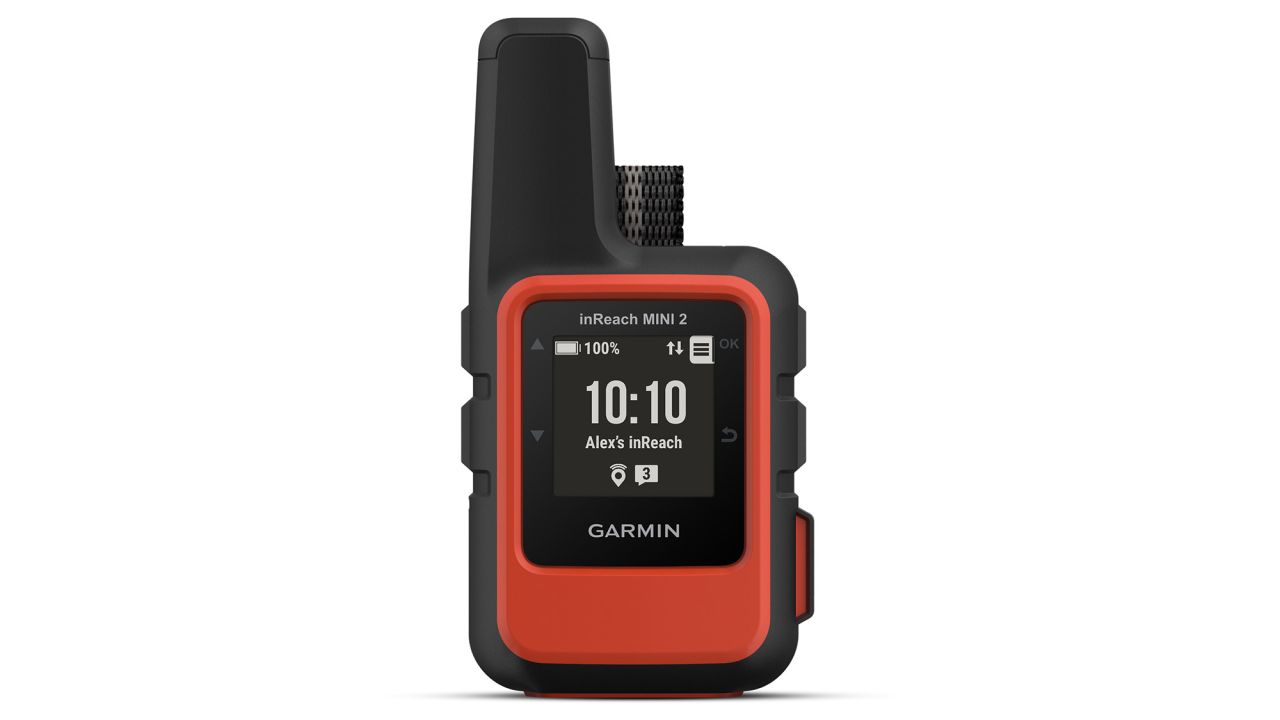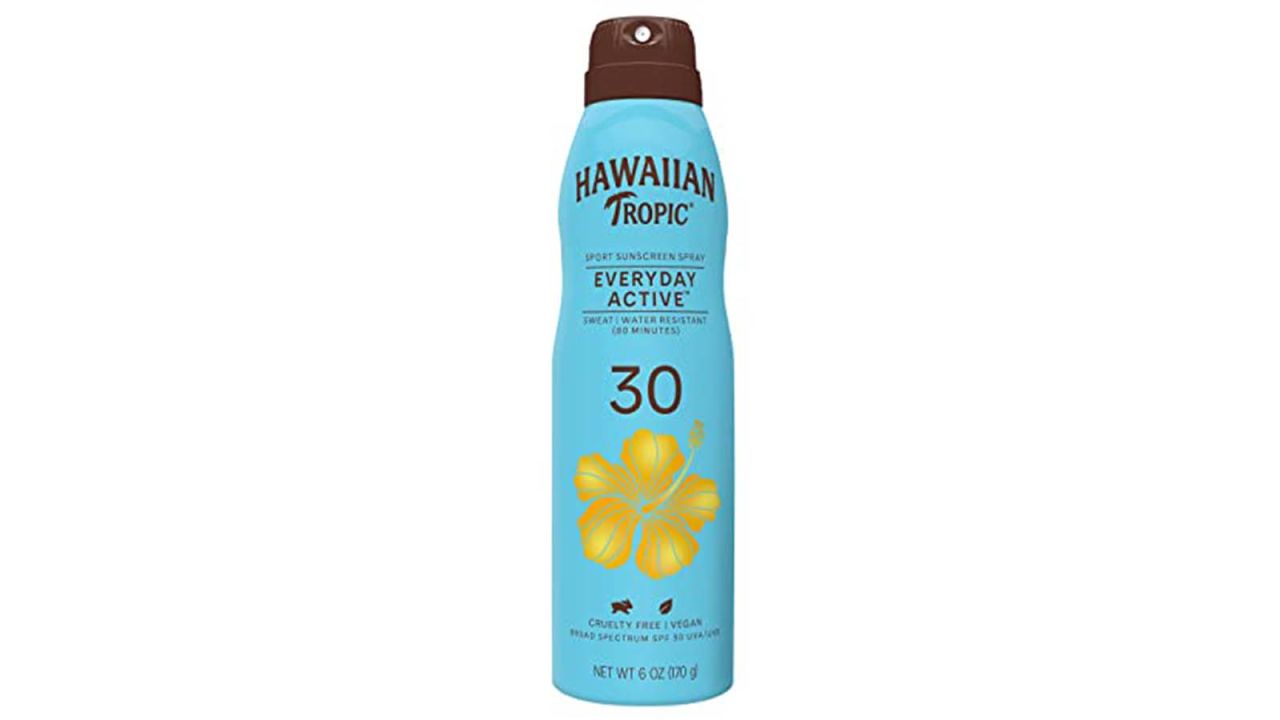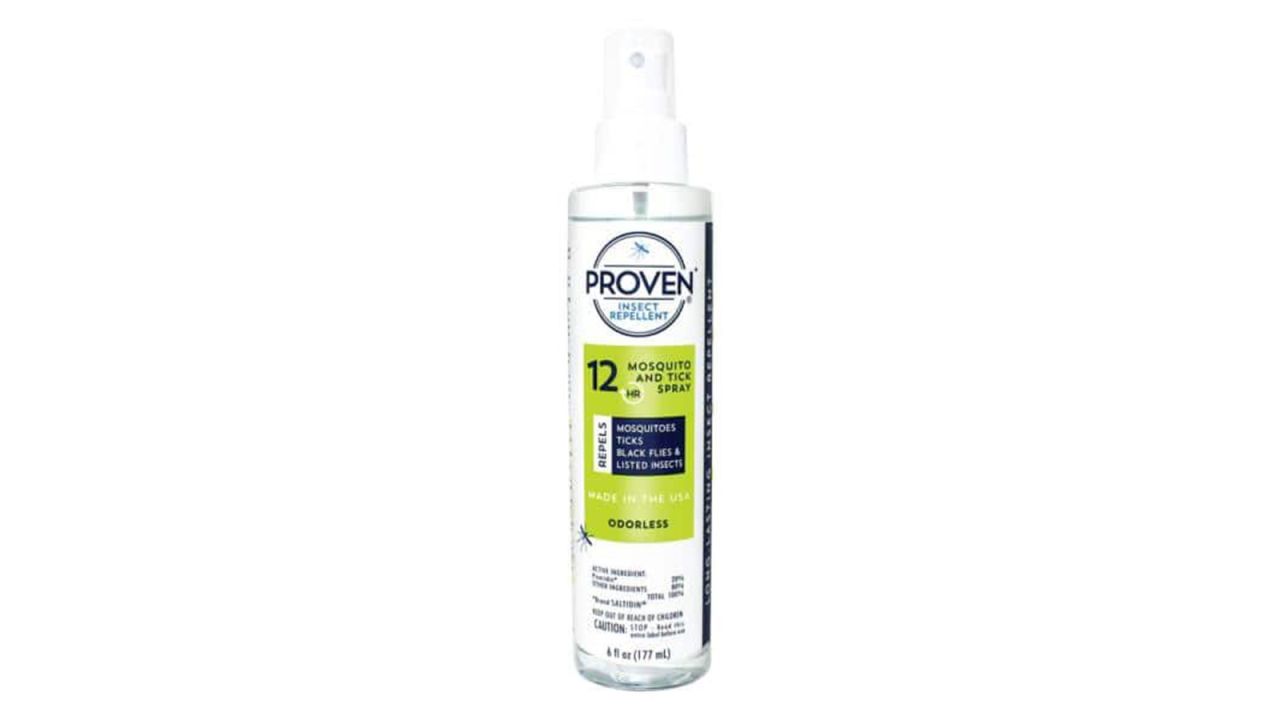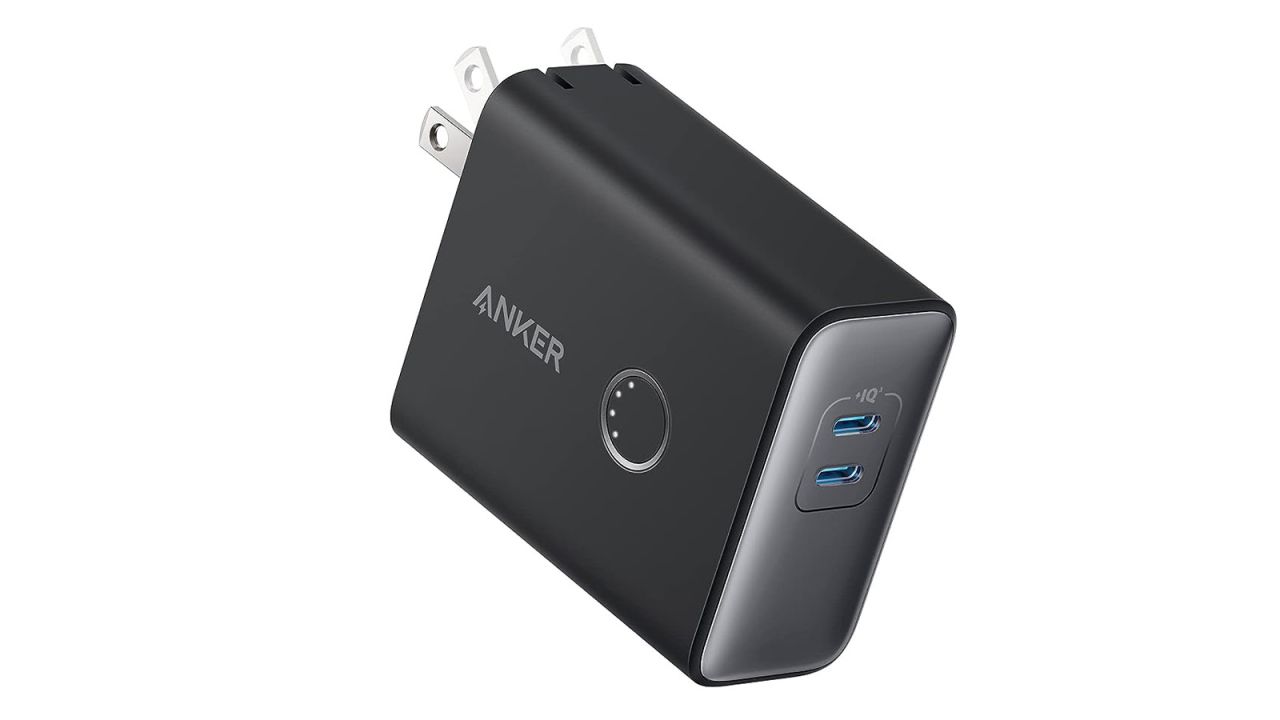Backcountry camping quick picks
Backpack: Osprey Exos 58 Pack
Tent: Big Agnes Copper Spur HV UL1 Tent
Sleeping bag: Sierra Designs Backcountry Bed
Camping stove: Jetboil Flash Cooking System
Water filter: Sawyer Squeeze Water Filter System
Following a comprehensive guide to backcountry camping is one of the safest ways for a beginner to get from sitting on their couch to backpacking through the wilderness. Otherwise, you risk venturing into the wild without a plan or the right outdoor gear, which could spoil your trip — or worse.
To ensure your first backpacking experience is safe and enjoyable, we talked to experts to find out everything you need to know and bring when going backcountry camping.
What is backcountry camping?

Backcountry campsites are kept more natural and only have room for a very small number of campers. They lack public facilities like restrooms and showers, but those willing to do the work to reach them are rewarded with sweet solitude. And that “work” doesn’t always have to require hours of hiking. There are many backcountry campsites that are just a five- to 15-minute walk from the car. But if you like the sound of a trek through the woods, there are countless trails and sites to explore if you’re willing to leave you car behind and strap everything you need onto your back.
“Backpacking allows you to cover significantly more ground than day-hiking, so I highly recommend backpacking to anyone who wants to see more beautiful sights,” says Ashleigh McClary, a Gearhead at Backcountry. However, it does take more planning than traditional car camping, as you’ll need to figure out where you’re going and what to bring. “You should try to make sure to have a balance of everything you need and nothing extra that you don’t need,” McClary says. “New backpackers often bring too much on their trips and get weighed down with heavy gear.”

You’ll also want to research where you’re going to brush up on any rules. “Take the time to learn about wilderness best practices — especially as pertains to the wilderness in which you plan to visit,” says Carolyn “Oz” Mejia, co-owner of The A.T. Guide and AntiGravityGear. “Know their policies on permits, registration process (if any), parking rules, park hours, fire, camping and food storage guidelines.” On top of that, Mejia says it’s good to read up on the wildlife too. “Study up on the seven Leave No Trace Principles. Read about the plant life and wildlife in the area where you will be hiking and know how to respond to it. A little knowledge goes a long way to turning a scary encounter with a black bear into a special treat to behold.”
What gear do I need for backcountry camping?
As far as gear goes, avid hiker and manager of communications at the?American Hiking Society Maggie Peikon says you should following the 10 essentials list of hiking. “While these essentials are geared towards hiking, they can be useful for just about any outdoor adventure,” says Peikon. “Because many backcountry camping sites are accessed by hiking in, the 10 essentials certainly apply for backcountry campers, too!”
Another thing to remember: “You want your 10 essentials to be high quality, and lightweight,” says Meija. The 10 essentials include navigation, appropriate footwear, rain gear, sun protection, first aid, safety items, a knife or multitool, shelter, food and water. “The 10 essentials are the skeleton on which you build your gear list,” Mejia says. “From there you can decide on luxury items to add to the basics.”
Below, we’ve listed some expert-approved products (including the 10 essentials) as well as some of our own favorites that will make your next backpacking trip a fun adventure. Just remember, the most important thing is to plan and be prepared. “Backpacking is a very safe sport, until it isn’t. Remember that things can happen,” says Mejia. “Expecting the best while being prepared for the unexpected is a healthy mindset in this sport and pretty much guarantees a positive adventure you will remember forever.”
Backcountry camping backpacks
It’ll be tough to make it to a backcountry campsite without a hiking pack that is comfortable and holds all your gear. This Osprey pack is one of the most popular among male hikers, and with good reason. Cris Hazzard, a professional hiking guide and the founder of?HikingGuy, says that it's been one of the most comfortable backpacking packs for many years. "The Exos has a trampoline back, which not only carries a load well, but also keeps your back dry from sweat. And it barely weighs anything," he says.
This is the women’s version of the Exos pack above, and it's covered by Osprey's famous All Mighty Guarantee. It’s important for hikers to try the pack with all their gear in it before they set out on their adventure. If it doesn’t feel right, give Osprey a call; it might just require a different size. We prefer the 58 — which refers to the number of liters a pack can hold — but if you’re carrying less gear, the smaller 48 will do the trick.
When it’s sunny, this rain cover can be condensed to take up almost no pack space. Just slide it over your bag at the first sign of rain. Size medium, large or extra large will fit into a 58-liter pack. If you don’t want to spend the extra money, you can also line the inside of your pack with a garbage bag. The backpack itself will get wet, but all your belongings on the inside will stay nice and dry.
For an unbeatable deal, check out REI Co-op's 55-liter backpacking pack, which normally retails for just $199. Suitable for three- to five-day trips, this basic pack has everything a beginner needs: an adjustable torso, hydration storage and water-repellent fabric. Fans say the only downside is the chest strap, which doesn't always stay fastened. It's available in both men's and women's sizes.
Backcountry camping shelters, sleeping bags and pads
"Freestanding tents are easy to set up, and this one is also lightweight, holds up tough in rough conditions and is roomy inside," says Hazzard. Impressively, it only weighs 34 ounces, or just over two pounds.
Mejia suggests using this tent from Six Moon Designs, which is super light at just 26 ounces. However, you will need to buy the support pole (you can also use one of your trekking poles) and stakes separately. It’s a little tricky to set up for the first time, so be sure to practice at home before you take it out into the wilderness.
McClary prefers the Nemo Dagger, which fits two campers comfortably with room on the inside to store essentials and two large vestibules to stash your packs. Plus, if you’re hiking with a partner, you easily divide the tent into two pieces so you can share the load. Our editors have used this tent in the backcountry and love the spacious interior. Setup is also super easy, which makes it a better fit for beginners or when you have to scramble to quickly pitch your tent in the rain.
If a camper is adventuring alone, a one-person tent is the way to go. It’s snug to sleep in, but it’s also easy to fit in a hiking pack. This Alps version is light, affordable, easy to put up and works all year — except maybe on the coldest winter nights. The tent includes a vestibule for storing gear and hiking shoes.
As an alternative to tents, Mejia also recommends hammock camping, which she says is her favorite way to sleep in the wilderness. The Wanderlust kit comes with a hammock, its suspension system, a bug net and a rain fly to keep you suspended and cozy all night long. If you want to camp on colder nights, look into the optional insulation, which wraps under the hammock to trap all your body heat inside.
"Quilts are much easier to sleep in than bags, which can twist up if you move around," Hazzard says. This one from REI is rated for 30 degrees Fahrenheit and is cheaper than the competition. And starting at 1 pound and 4.3 ounces, it's quite light.
A camper needs a great sleeping bag to slide into when the sun goes down. This bag by Sierra Designs is one of the best, according to our well-traveled editors. It ditches the zipper in favor of something that resembles a comforter. This makes it more comfortable for side and stomach sleepers, and keeps things cooler during the warmer months. For colder weather, there are pockets to make sure even extremities like hands, arms and the head are completely covered. This bag is advertised as being safe for sleeping in temps as low as 20 degrees Fahrenheit — which means it’s comfortable down to about 40.
For those OK with bulkier synthetic filling who are looking to save a few dollars, this is a very good option. No matter the sleeping bag, we recommend forgoing the stuff sack and allowing the sleeping bag to take on the shape of the pack. Accomplish this by stuffing the sleeping bag into a garbage bag at the bottom of your pack. This, combined with a rolled sleeping pad in its stuff sack is an efficient use of space at the backpack’s bottom.
If you’re not in a hammock, you’re going to feel the hard ground all night, so while a sleeping pad may seem like a luxury item, it makes for a much more comfortable rest. It also helps with insulation, which is especially important when nights get cool. This pad, which is recommended by Mejia, is easy to inflate and ultralight, weighing as little as 8 ounces. There are several sizes, and it rolls down tight into a small storage bag that fits well in packs.
McClary uses this insulated sleeping pad from Nemo, which is a bit cheaper than the Therm-a-Rest and still gets the job done. It’s heavier at 1 pound, 8 ounces, and has a lower R-value at 2.6, which means it won’t keep the cold out as well as the NeoAir XLite, which has an R-value of 4.2.
Backcountry camping stoves, food and utensils
Hazzard says that while there are lighter cooking systems on the market, he appreciates Jetboil's Flash model. "It’s very fast to heat water and works well in the wind. Nothing to fiddle around with, it just works."
This comprehensive kit comes with everything a hiking group of two would need, including a miniature stove, an aluminum pot, two bowls, two sporks and two mugs. McClary recommends this superlight stove, which you can also buy separately if you opt for a different pot. Its small build makes it amazingly packable, and it comes with an auto-ignition feature and can boil a pot of water in under four minutes. You’ll just need to bring some fuel canisters, depending on the length of the trip. If you don’t want to carry extra canisters, an alcohol stove could be the way to go. The Caldera Cone System is an alcohol option that Mejia recommends.
Mejia loves this Toaks pot, which weighs just 3.5 ounces. It’s got a capacity of 750 milliliters, which means you should easily be able to boil enough for a freeze-dried dinner. Mejia also recommends snagging a spork and some bags to carry your food waste out.
These fuel canisters work with most camping stoves, including the Pocket Rocket kit above. They’re easy to use, and each canister has enough fuel to burn for between one and two hours. Fuel is usually only used to boil water for cooking, so one could last for weeks.
Freeze-dried food is a new backpacker’s best friend, because not only is it incredibly light, but it’s also so easy to make after a long day of hiking. The instructions are on the bag, but most of the time all you have to do is boil water, pour it into the bag and wait a few minutes for everything to rehydrate. It might sound gross, but don’t knock it until you try it. Maybe it’s the fact that anything would taste good after a long day of hiking through the woods, but we’re especially fond of Classic Spaghetti With Meat Sauce.
In the frontcountry, food is safe and sound stored in a car. That’s not an option in the backcountry. Mice, raccoons or squirrels will tear through a food sack if they find it, and bears are renowned for their sense of smell. That’s why hanging a sack from a tree — known as a bear bag — is essential in bear country. It’s not difficult; rope is required, and the Washington Trails Association explains the process well.
Sometimes finding the perfect branch for your bear bag is a little difficult, in which case a bearproof bag like this one from Ursack is great to have. There are also hard canisters on the market, but this sack fits better in your backpack.
There are no bathroom facilities in the backcountry. Or — depending on your perspective — nearly everywhere in the backcountry is a bathroom facility. There are some rules, however. All bodily waste should stay at least 200 feet (about 70 adult paces) away from water, trails and camping areas. When it’s time to defecate, dig a hole 6 to 8 inches deep and 4 to 6 inches in diameter and cover it up after all is said and done. This trowel will do the job and won’t take up much space in your pack.
This toilet paper will also help. Don’t put it in the hole, though. Even well-buried toilet paper has a way of reaching the surface and littering a campsite. Instead, “leave no trace” by sealing it up in a Ziploc baggie.
Backcountry camping water drops and filters
Those who camp in the frontcountry are used to easy access to water. That’s not the case in the more natural backcountry, where there are no spigots to be found. This 3-liter bladder holds almost enough water to get an adventurer through the day (we’ll get to that in a second). The tube and mouthpiece allow for convenient water drinking while on the move, and the bladder comes with a cleaning kit for when the adventure is over.
Backcountry campers have a major water-related decision to make: Carry all necessary water to the campsite, or purify it along the way? It’s suggested that campers drink about a gallon (3.8 liters) of water each day. That’s a lot of water to carry, though. Campers should check to see if their backcountry campsite is near a water source like a stream. If it is, these water treatment drops are a better option. Just a few drops from each container react with each other to kill bacteria and odor in water in approximately 15 minutes.
Another option is a physical filter, which takes out any debris and bacteria to make water completely safe to drink. Mejia recommends the Sawyer Squeeze, which comes with a fill bag and is incredibly easy to use.
McClary prefers this MSR water filter, which is super tiny and weighs only 5 ounces. However, filtering is a more manual task with this one, so if you have to refill several bottles or a hydration pack it might be a bit tiresome.
Backcountry camping clothing
You should be able to throw together a hiking outfit from what you have in your closet, but there are some items that will probably take up a lot of space in your pack, such as a jacket or hoodie. This lightweight down jacket is compressible and will save you a lot of room. It comes in five colors and a women's version as well.
Another clothing item you’ll really want to invest in is hiking socks. Comfortable and supportive socks can make a huge difference on the trail, plus you want to avoid cotton at all costs since it takes forever to dry if it gets weight. These Merino wool socks are a good option to keep your feet dry and comfy whenever you hike.
Backcountry camping first aid kit, navigation and other tools
A first aid kit is always good to have just in case something bad does happen. This kit has all the basics, including different kinds of bandages, gloves, wipes, tape and medicine. However, Mejia recommends making your own kit tailored to you. If you tend to get blisters, be sure to pack moleskine. If you have weak ankles, always carry the things you need for a splint. A first aid kit is a good place to start — just make sure to be prepared for situations that are more likely to occur.
While there are apps and ways to use your phone for navigation, they aren’t always the most reliable in the backcountry. Mejia says you should always carry a physical map and a compass so you can avoid getting lost, even if your phone dies.
“I have had a first-hand experience (complete with backcountry extraction) that has taught me that you don’t have to be very far down a not-so-difficult trail to find yourself in a situation where you need to be able to call for assistance," Meija says. When it comes to satellite communicators, Hazzard recommends the inReach Mini 2. "You can use it for SOS, to check the weather on your trip and to let your loved ones back home know that you’re safe," he says. It's our pick for the best satellite messenger too.
Lanterns are iconic, but they can’t hold a candle to a lightweight, hands-free headlamp. Headlamps are brighter, easier to work with and more effectively direct light where it’s needed. This rechargeable headlamp by Nitecore, which comes recommended from Mejia, is popular and can last for five hours on high and 160 hours on low light on a single charge.
McClary, on the other hand, likes this Petzl headlamp that features Reactive Lighting, which automatically adjusts brightness based on distance.
“From cutting your summer sausage to cutting up kindling or creating a crutch or splint from a tree limb, a good knife is super helpful,” Mejia says. “Know the knife-carrying guidelines where you are hiking.” This pocket knife from Gerber weighs just 0.6 ounces, so you’ll barely feel it in your pack.
Whether you’re using it to cook, roast marshmallows or just relax, starting a fire is a rewarding experience after a long day of hiking. Mejia recommends a torch lighter to make starting a fire easier. And as a backup, she suggests these waterproof matches. If you’re new to lighting fires, you also might want to look into these fire starter tinders, which help get your flames going.
Backcountry camping rain gear, sunscreen and bug spray
This ultralight rain jacket packs down into its own pocket and can be stashed nearly anywhere in your backpack. It’s durable, it’s waterproof and it will protect you even in the worst downpours.
You don’t want to get a sunburn while hiking, so bring along our pick for the best sunscreen of 2024. It sprays on quickly, has a nice scent and, importantly, has a locking cap so it doesn’t leak in your bag.
Nothing’s worse than being attacked by bugs after a long day of hiking through the woods. Keep the critters at bay with our pick for the best bug spray of 2024. This spray comes in a tiny 2-ounce container, making it the perfect option for backpackers.
Backcountry camping luxury items
While not exactly an essential, trekking poles are an amazing accessory to have. They help stabilize and support your joints while hiking (which is especially important when carrying a bunch of weight on your back); plus, some ultralight tents require poles to set up. Mejia recommends these, which only weigh 8 ounces and have a quick-locking feature to make adjusting heights extremely easy.
Your phone is your camera, stereo, notepad, newspaper, library, television and also, well, your phone. Hopefully camping is so much fun that you ignore it, but being prepared to recharge is important. We tested a whole bunch of portable chargers, and the Anker 521 was our top pick. It has two ports (great for families or people traveling with multiple devices), is one of the fastest-working portable chargers around and doubles as a standard wall adapter.
One luxury item Mejia loves to take is an ultrlight umbrella, which can give you better coverage from the rain and also block you from harsh sunlight.
Mejia also likes to bring her Kindle Paperwhite as a luxury item. “It’s lightweight and the screen is more like a book than a computer screen,” she says. “I think a good book pairs beautifully with a hammock in the wilderness.”
McClary says she always makes sure to bring sunglasses to protect her eyes while she hikes. This pair comes with polarized lenses and a glasses cord to make sure they don’t fall off.
This ultralight seat, which comes recommended from McClary, acts as a cushion that you can inflate and lay on the ground, so you don’t have to squat on an uncomfortable rock when you’re eating dinner.





